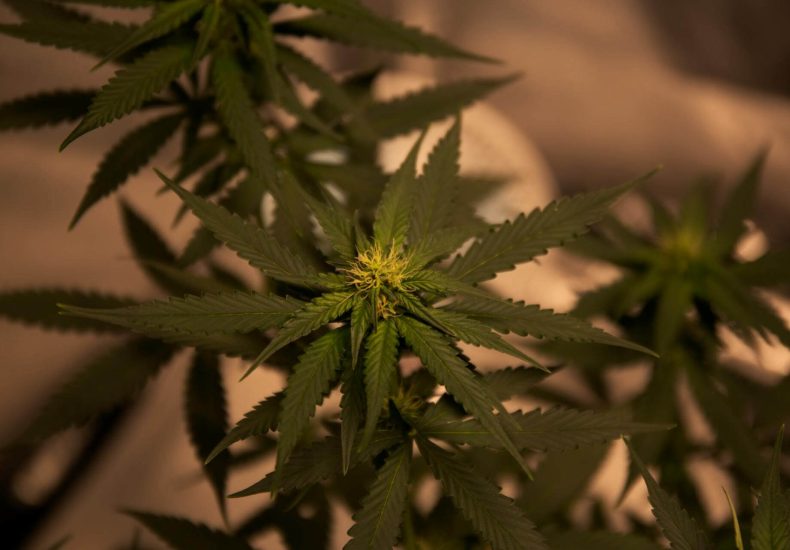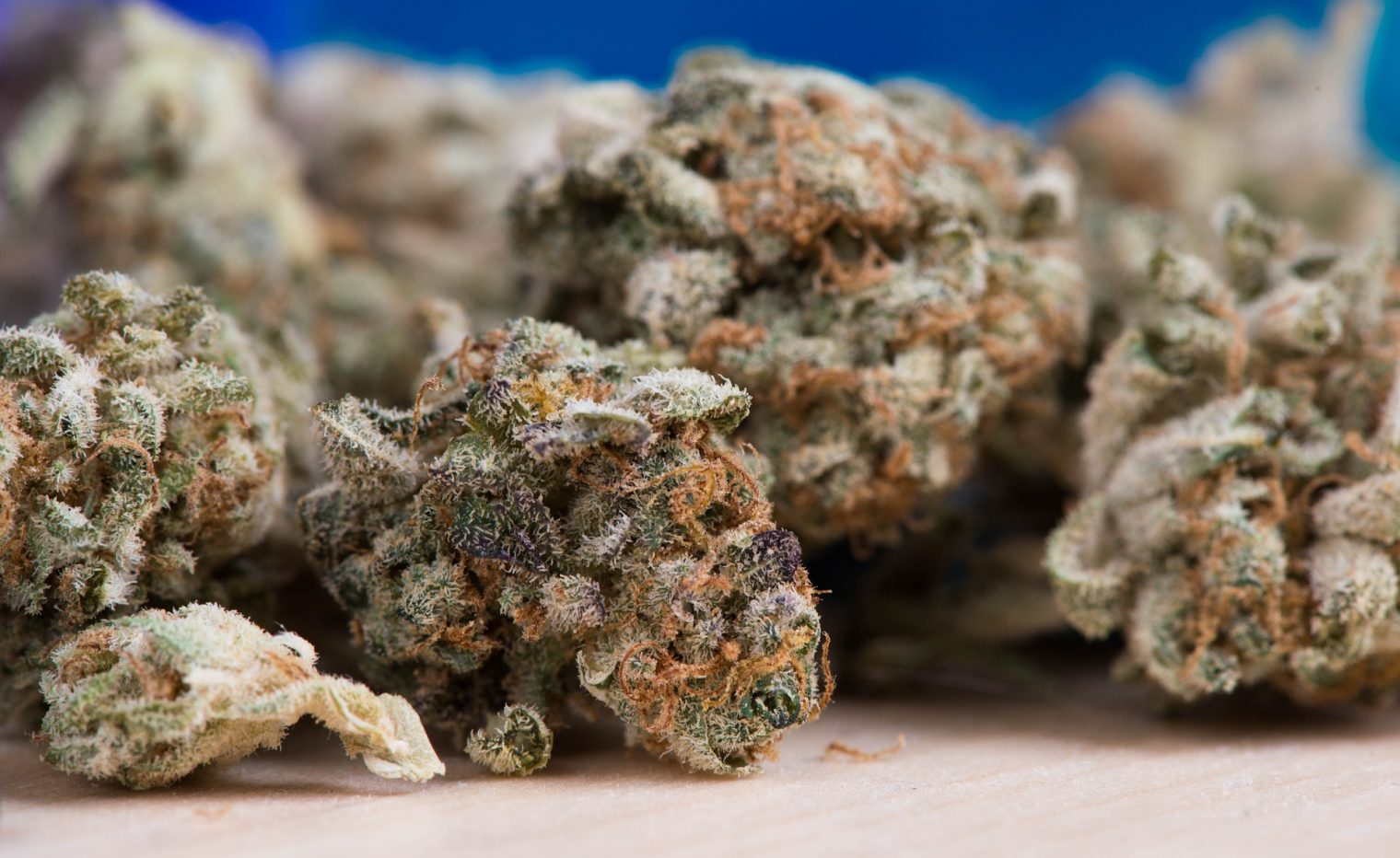 Cannabis
Cannabis
Table of Contents
Do you want to know more about the history of OG cannabis strains? In the ever-evolving landscape of cannabis cultivation and consumption, the term “OG” holds a special place of reverence.
To enthusiasts and connoisseurs alike, OG signifies more than just a strain; it’s a nod to history, a marker of authenticity, and a symbol of the roots of modern cannabis culture. As we delve into 2024, exploring the rich tapestry of OG cannabis strains unveils a fascinating journey of discovery, innovation, and tradition.

The Origins of OG Cannabis
The term “OG” originally stood for “Ocean Grown,” attributed to the coastal origins of some of the earliest strains bearing this label. Legend has it that OG Kush, one of the most renowned varieties, emerged from the underground cannabis scene of Southern California in the 1990s. Its precise genetic lineage remains shrouded in mystery, adding to its allure and mystique.
However, as legalization and commercialization have swept through the cannabis industry, the OG label has expanded beyond its geographic origins. Today, countless strains claim the OG moniker, each with its own unique genetic makeup and flavor profile. Despite this proliferation, discerning enthusiasts still seek out the authentic OG cannabis strains, eager to experience the essence of the original cultivars.
Preserving Heritage
In an era dominated by hybridization and genetic manipulation, preserving the heritage of OG cannabis strains has become a mission for many breeders and cultivators. Recognizing the importance of maintaining genetic diversity and historical integrity, these individuals work tirelessly to safeguard heirloom varieties and prevent them from fading into obscurity.
Seed banks dedicated to preserving OG genetics have emerged, serving as repositories of invaluable genetic material. Through careful selection, breeding, and propagation, these institutions ensure that future generations will have access to the same strains that shaped the cannabis culture of yesteryear.
Moreover, efforts to document the history and lineage of OG strains have gained traction, with researchers delving into archives and oral histories to piece together the stories behind these iconic cultivars. From clandestine grows in the hills of Northern California to underground breeding projects in Amsterdam, the journey of OG cannabis strains reflects the clandestine origins and global spread of cannabis culture.
Cultural Significance of OG Cannabis
Beyond their botanical attributes, OG cannabis strains hold immense cultural significance within the cannabis community. They serve as touchstones, connecting enthusiasts to the heritage and traditions of cannabis consumption. Whether shared among friends in a smoke circle or celebrated at cannabis festivals and competitions, OG strains evoke a sense of camaraderie and shared experience.
Furthermore, the rise of legalization has brought OG strains into mainstream consciousness, prompting a reevaluation of their cultural impact. Dispensaries and licensed producers now offer a diverse array of OG varieties, catering to a broad spectrum of consumer preferences. Yet, amidst this commercialization, the soul of OG cannabis endures, reminding us of its humble beginnings and grassroots origins.
Innovation and Evolution
While OG strains remain deeply rooted in tradition, they have also undergone a process of evolution and adaptation. Breeders continue to cross-pollinate classic OG genetics with new varieties, resulting in hybrid strains that offer novel combinations of flavors, aromas, and effects. These modern interpretations pay homage to the heritage of OG while pushing the boundaries of what cannabis can offer.
Moreover, advancements in cultivation techniques have allowed growers to maximize the potential of OG strains, producing higher yields and potency levels than ever before. From indoor hydroponic setups to outdoor organic gardens, cultivators employ a variety of methods to optimize the growth and development of OG cannabis, ensuring a steady supply for consumers worldwide.

Looking Ahead to 2024 and Beyond
As we gaze into the future of cannabis culture, the legacy of OG strains remains as potent as ever. While new trends and fads may emerge, the timeless appeal of these iconic cultivars endures, serving as a bridge between the past, present, and future of cannabis cultivation and consumption.
In 2024, as legalization continues to sweep across the globe, the history of OG cannabis strains serves as a reminder of the resilience and adaptability of cannabis culture. Whether enjoyed for medicinal purposes, recreational relaxation, or creative inspiration, OG strains continue to unite enthusiasts from all walks of life, forging connections that transcend geographic and cultural boundaries.
The Rise of Terpene Profiling
In recent years, the focus on terpene profiling has revolutionized the way we understand and appreciate OG cannabis strains. Terpenes, the aromatic compounds responsible for the distinctive scents and flavors of cannabis, play a crucial role in shaping the overall experience of consuming these strains. By analyzing the terpene profiles of OG cultivars, researchers and enthusiasts can gain deeper insights into their genetic lineage, sensory characteristics, and potential therapeutic benefits.
Advancements in analytical techniques, such as gas chromatography and mass spectrometry, have enabled scientists to identify and quantify the diverse array of terpenes present in OG strains with unprecedented accuracy. This newfound understanding has paved the way for more informed breeding practices and cultivation methods, allowing growers to tailor their techniques to enhance specific terpene profiles.
The emergence of terpene-focused products…
Moreover, the emergence of terpene-focused products, such as terpene-infused extracts and concentrates, has opened up exciting new avenues for cannabis enthusiasts to explore. By isolating and concentrating the terpenes present in OG strains, manufacturers can create products that offer enhanced flavor, aroma, and therapeutic effects.
In 2024, the appreciation for terpene profiling continues to grow, driving innovation and experimentation within the cannabis industry. As consumers become more educated about the role of terpenes in shaping their cannabis experience, demand for terpene-rich products is expected to rise. Thus, the integration of terpene profiling into the cultivation, breeding, and consumption of OG cannabis strains represents a significant step forward in our quest to unlock the full potential of this revered botanical.
OG Cannabis in 2024
As we celebrate the rich tapestry of OG cannabis strains in 2024, let us honor the pioneers and innovators who have preserved this heritage for generations to come. From the underground growers of decades past to the legal cultivators of today, their collective efforts have ensured that the legacy of OG cannabis will endure for years to come.
These types of strains have paved the way for the cannabis industry we know and love today. It’s going to be interesting to see how that evolves in the future.


